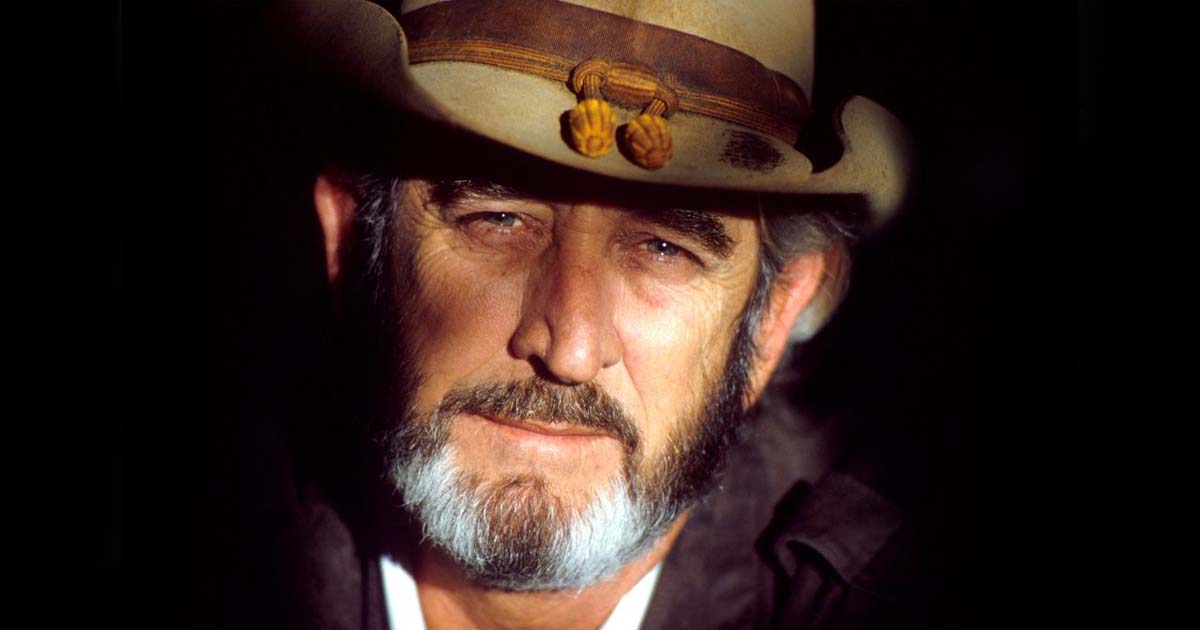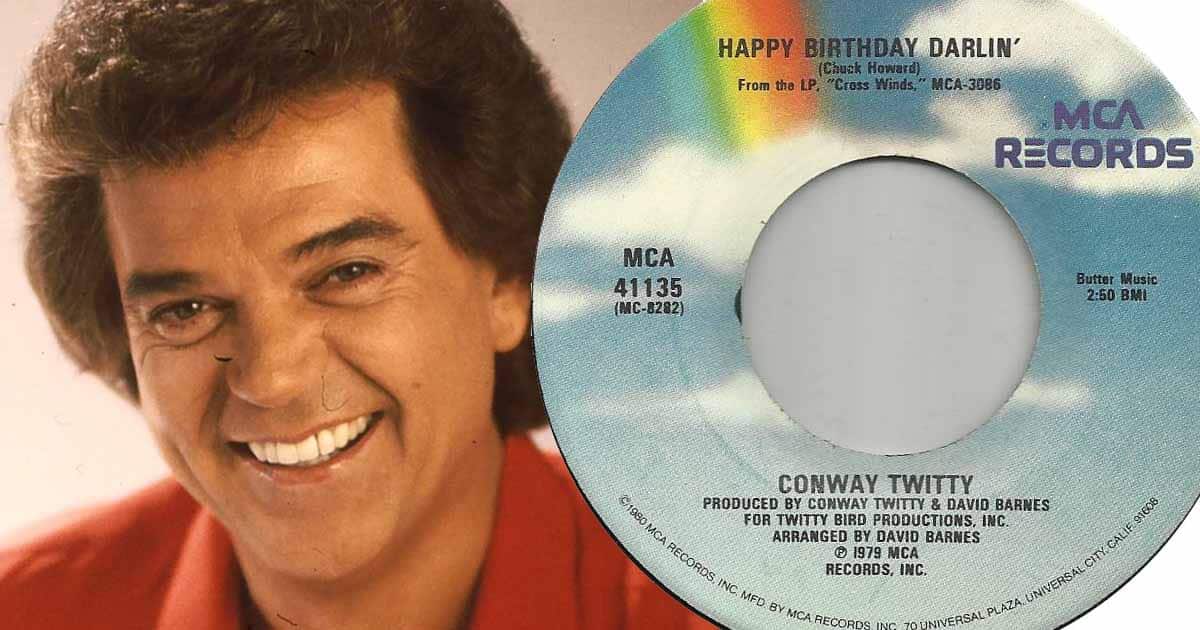Made famous by Tom Jones, “Green, Green Grass Of Home” has been around for over five decades now, and it managed to capture so many hearts through the years.
When Jones’ version was released in 1966, it swiftly climbed and hit the top of the chart. The song became a million-seller and Christmas No. 1 that year in the United Kingdom, with a seven-week reign. In the United States, the single reached No. 11, and it also went to No. 1 in Australia.
It indeed made the grass suddenly a lot greener for Jones.
The Sad Longing of Returning to The “Green Green Grass Of Home”
Written by Nashville songwriter Curly Putman, “Green, Green Grass Of Home” tells the tale of a condemned prisoner who is longing to escape to the green, green grass of home. At the end of the song, it was revealed that the man is facing execution, and he will be coming home only to be buried.
“Yes, they’ll all come to see me in the shade of that old oak tree as they lay me ‘neath the green, green grass of home,” the song ends.
According to Putman, part of the inspiration behind writing “Green, Green Grass Of Home” came after watching The Asphalt Jungle. The 1950 film noir directed by John Huston follows a group of men trying to carry out an ill-fated heist.
One of the characters, Dix Handley, got involved in the heist because of his longing to get out of the city and buy back the Kentucky horse farm he grew up on. However, by the end of the film, Dix found himself gravely wounded and is running from the law. In the final scene, he finally made it back to his old family farm – a rural idyll with rolling hills and a scenic white farmhouse – unfortunately, he died from his gunshot wound.
It was actually The Asphalt Jungle’s portrayal of Dix’s childhood home that inspired Putman to write the lyrics describing the man’s hometown in the song: green grass, old oak tree, and house with cracked paint. And just like the film, it was inspired by, “Green, Green Grass Of Home” ended up sadly.
“I think the lyrical content is important here. The guy in the song is really in a jail cell, but you don’t know until the end. That got to me. Good God, it paints a picture, and yet a lot of people who love ‘Green, Green Grass Of Home’ don’t even realize that. This is about a man who is going to be hanged, and he’s just reminiscing on the precious parts of his life,” Jones said of the song. “It seems like a lot of people relate the sentiment to their home too.”
The song was first recorded by singer Johnny Darrell in 1965, but the first hit version was by country giant Porter Wagoner, who took it to No. 4 on the US country chart in the summer of the same year.
Another country star, Jerry Lee, also did it in 1965 on his album Country Songs For City Folks. That was the one Jones heard on a visit to New York and got him pretty determined to record the song himself. “I used to collect anything Jerry Lee Lewis recorded, and still do. I was in New York in 1965 when I bought his country album Country Songs For City Folks,” Jones said. “‘Green Green Grass Of Home’ stuck out.”
Watch the video below and listen to one of the saddest songs to ever graced the radio, “Green, Green Grass Of Home.”
https://www.youtube.com/watch?v=u81CTfbc99c


















